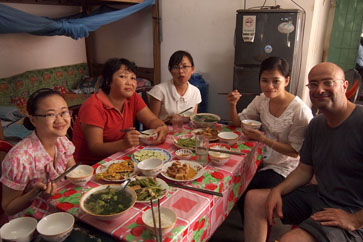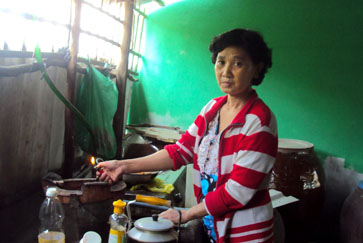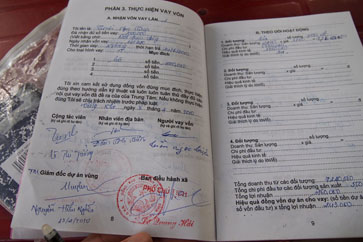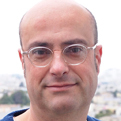 I recently spent a week in Vietnam visiting two successful Vietnamese nonprofits: Thien Chi (TC) and Anh Duong’s (AD). I wanted to explore whether their organizational models were location-specific, or if they—or some aspects of them—could be replicated in other places where we partner with local nonprofits, including Indonesia and Cambodia.
I recently spent a week in Vietnam visiting two successful Vietnamese nonprofits: Thien Chi (TC) and Anh Duong’s (AD). I wanted to explore whether their organizational models were location-specific, or if they—or some aspects of them—could be replicated in other places where we partner with local nonprofits, including Indonesia and Cambodia.
The mission of both of these nonprofits is to raise the most economically deprived families out of poverty within three years, preferably through environmentally sustainable means.
The approach is to provide families with interest-free loans that they repay within five months. Each loan comes with an important support package: a mix of education, advice, and problem-solving tools. Taken together, these efforts produce positive results, and in most cases, go a long way toward ensuring that loans are paid back. Once a loan is repaid, the family is eligible for another. The beauty of this system is that because the loans are short-term, families can start to see the benefits of the program very early on. This is inspiring and keeps the momentum going.
The main strategy is to create alternate sources of income. For example, if the first loan was given to raise chickens, the TC or AD staff might next suggest the family start growing vegetables using a “net house” that reduces the need for expensive chemical fertilizers and pesticides.
Are you enjoying this article? Read more like this, plus SSIR's full archive of content, when you subscribe.

The staff also encourages farmers to adopt environmentally friendly practices, such as using biogas digester systems (fueled by animal waste) for cooking instead of chopping down trees for wood. Both TC and AD use a cash reward system as an incentive for this.

To track impact, a notebook is created for each family. It contains their financial information and is used to record loans and repayments. Each year, the family’s income is noted to see whether the support system is helping. If it isn’t, the staff meets to figure out how best to proceed.
![]()
These organizations also work very closely with local authorities (they have little choice, given the nature of the political regime). The staff contacts local authorities to determine which families are below the poverty line.
Since TC and AD’s priority is education, they will first approach families with children who are not attending school. The authorities also provide enforcement when people are slow or delinquent in their loan repayments.

So, could this sort of model be replicated in other countries? Although tailored to the Vietnamese political and social reality, I feel TC and AD’s model of helping people rise out of poverty has some elements that could work elsewhere.
For example, in Nicaragua, where I spent some time in February, there didn’t seem to be any authority aware of the number of people living in poverty; there was no one keeping track of which families were falling through the cracks. It might be possible to go through various records (medical, school) and piece together that information, but because most rural communities in Nicaragua lack access to health services, such records might not exist. How would one systematically determine which families to help first, and who would enforce authority if necessary? Clearly, there is a cultural difference that might prohibit the same model being used here. However, once a culturally appropriate program was in place, it’s certainly possible to track progress in a notebook.
In Indonesia, which I visited as part of my trip to Asia, it seemed like the practice of tracking progress was seldom exercised. Measuring the impact of programs over time was supported more by anecdotal evidence than hard evidence. The same was true in Cambodia, which I also visited during this trip.
However, the notebook method used by TC and AD could be ideal in both of these countries and in others, as it is cheap, easy to use, and keeps all the records in one location. The loan system with extra support could work too.
These days, more donors and granting institutions want to know the impact of their donations. They often ask those they fund to measure and report results. There are many organizations in the developing world that don’t have the know-how to track their impact so that they can evaluate whether their goals are worth pursuing or if their method is successful. I believe the model used by Thien Chi and Anh Duong is simple enough to adapt to various situations and to other regions.

Marc Henrich is founder and executive director of Ecodana, a nonprofit that supports green solutions to poverty issues in developing countries. He is also working on a new venture that will market and distribute solar lamps in Central America.
Support SSIR’s coverage of cross-sector solutions to global challenges.
Help us further the reach of innovative ideas. Donate today.
Read more stories by Marc Henrich.

